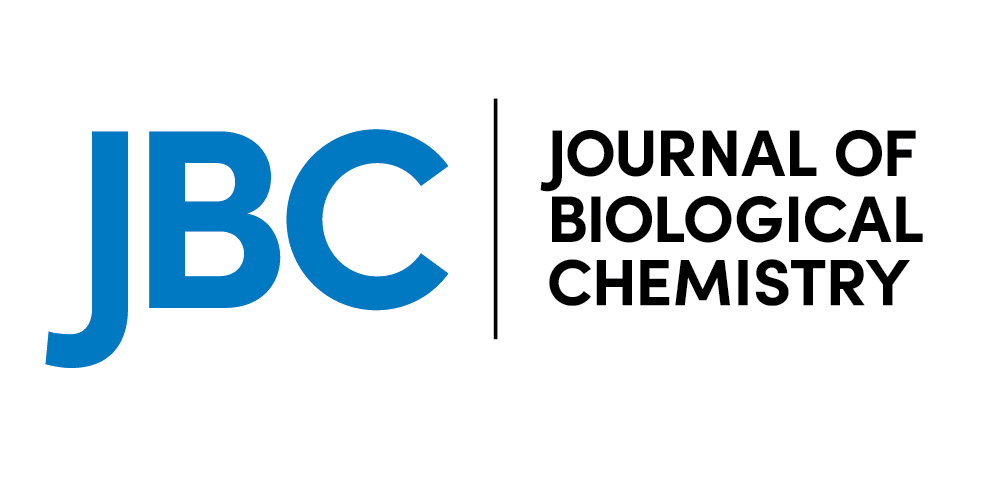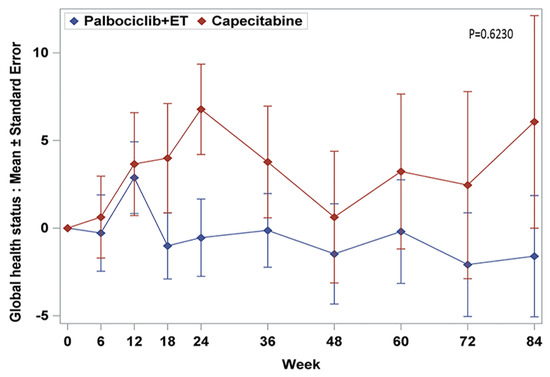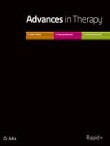|
Αρχειοθήκη ιστολογίου
-
►
2023
(269)
- ► Φεβρουαρίου (133)
- ► Ιανουαρίου (136)
-
►
2022
(2046)
- ► Δεκεμβρίου (165)
- ► Σεπτεμβρίου (161)
- ► Φεβρουαρίου (165)
-
►
2021
(3028)
- ► Δεκεμβρίου (135)
- ► Σεπτεμβρίου (182)
- ► Φεβρουαρίου (324)
-
▼
2020
(1051)
- ► Δεκεμβρίου (292)
-
▼
Νοεμβρίου
(374)
-
▼
Νοε 04
(17)
- Glycosyltransferase ST6Gal-I promotes the epitheli...
- Human genetic variants disrupt RGS14 nuclear shutt...
- From pathogen to a commensal: modification of the ...
- De-Ritis Ratio Is Associated with Mortality after ...
- Cervical Cancer Screening Guidelines in the Postva...
- Skin Diseases among the Old Age Residents in a Nur...
- Effects of Yinzhihuang Granules on Serum Liver Enz...
- Palbociclib Plus Exemestane with GnRH Agonist vers...
- Effectiveness of Perindopril/Indapamide Single-Pil...
- Cinacalcet as a First-Line Treatment in Neonatal S...
- Assessment of D-Shaped Annulus of Mitral Valve in ...
- Anatomy of Mitral Valve Complex as Revealed by Non...
- The Mesenchymal Cap of the Atrial Septum and Atria...
- Muscularization of the Mesenchymal Outlet Septum d...
- Survey on Physicians’ Knowledge and Training Needs...
- Therapy Algorithms for the Diagnosis and Treatment...
- Multistage Latissimus Dorsi Flap with Implant for ...
-
▼
Νοε 04
(17)
- ► Σεπτεμβρίου (60)
- ► Φεβρουαρίου (28)
-
►
2019
(2277)
- ► Δεκεμβρίου (18)
- ► Σεπτεμβρίου (54)
- ► Φεβρουαρίου (89)
-
►
2018
(26280)
- ► Δεκεμβρίου (189)
- ► Φεβρουαρίου (6130)
- ► Ιανουαρίου (7050)
-
►
2017
(33948)
- ► Δεκεμβρίου (6715)
- ► Σεπτεμβρίου (6470)
-
►
2016
(4179)
- ► Σεπτεμβρίου (638)
- ► Φεβρουαρίου (526)
- ► Ιανουαρίου (517)
Τετάρτη 4 Νοεμβρίου 2020
Glycosyltransferase ST6Gal-I promotes the epithelial to mesenchymal transition in pancreatic cancer cells [Cell Biology]
Human genetic variants disrupt RGS14 nuclear shuttling and regulation of LTP in hippocampal neurons [Neurobiology]
|
From pathogen to a commensal: modification of the Microbacterium nematophilum-Caenorhabditis elegans interaction during chronic infection by the absence of host insulin signalling [RESEARCH ARTICLE]
|
De-Ritis Ratio Is Associated with Mortality after Cardiac Arrest
|
Cervical Cancer Screening Guidelines in the Postvaccination Era: Review of the Literature
|
Skin Diseases among the Old Age Residents in a Nursing Home: A Neglected Problem
|
Effects of Yinzhihuang Granules on Serum Liver Enzymes in Jaundice Patients: A Real-World Study Based on HIS Data
|
Palbociclib Plus Exemestane with GnRH Agonist versus Capecitabine in Premenopausal Women with Hormone Receptor-Positive Metastatic Breast Cancer: A Prospective, Open-Label, Randomized Phase ll Trial (KCSG-BR 15-10)
|
Effectiveness of Perindopril/Indapamide Single-Pill Combination in Uncontrolled Patients with Hypertension: A Pooled Analysis of the FORTISSIMO, FORSAGE, ACES and PICASSO Observational Studies
|
Cinacalcet as a First-Line Treatment in Neonatal Severe Hyperparathyroidism Secondary to Calcium Sensing Receptor (CaSR) Mutation
|
Assessment of D-Shaped Annulus of Mitral Valve in Patients with Severe MR Using Semi-Automated 4-Dimensional Analysis: Implications for Transcatheter Interventions
|








